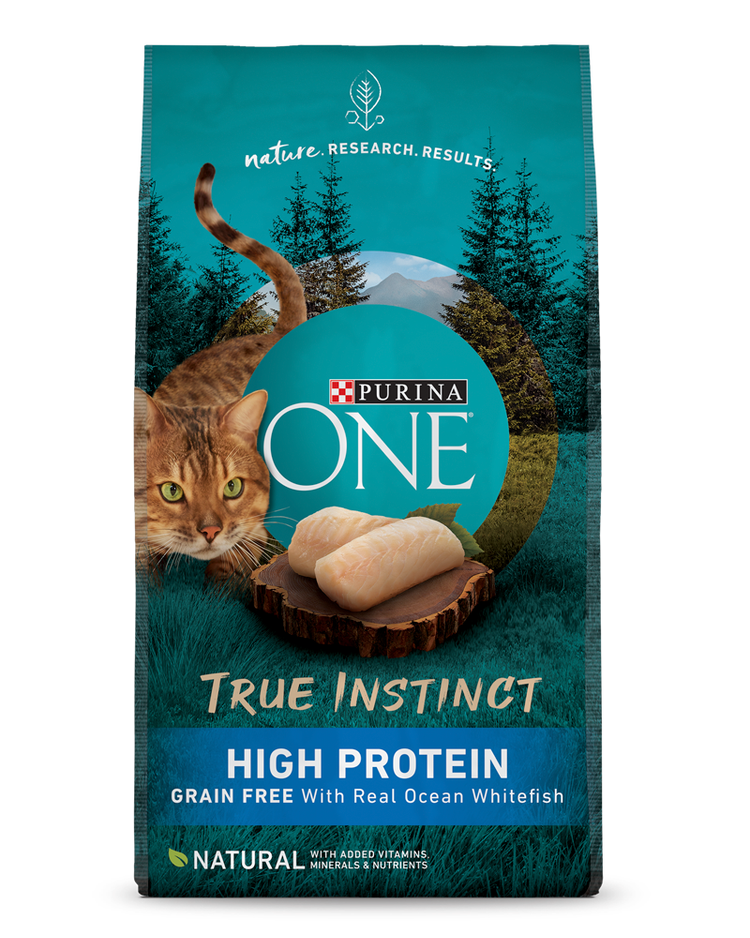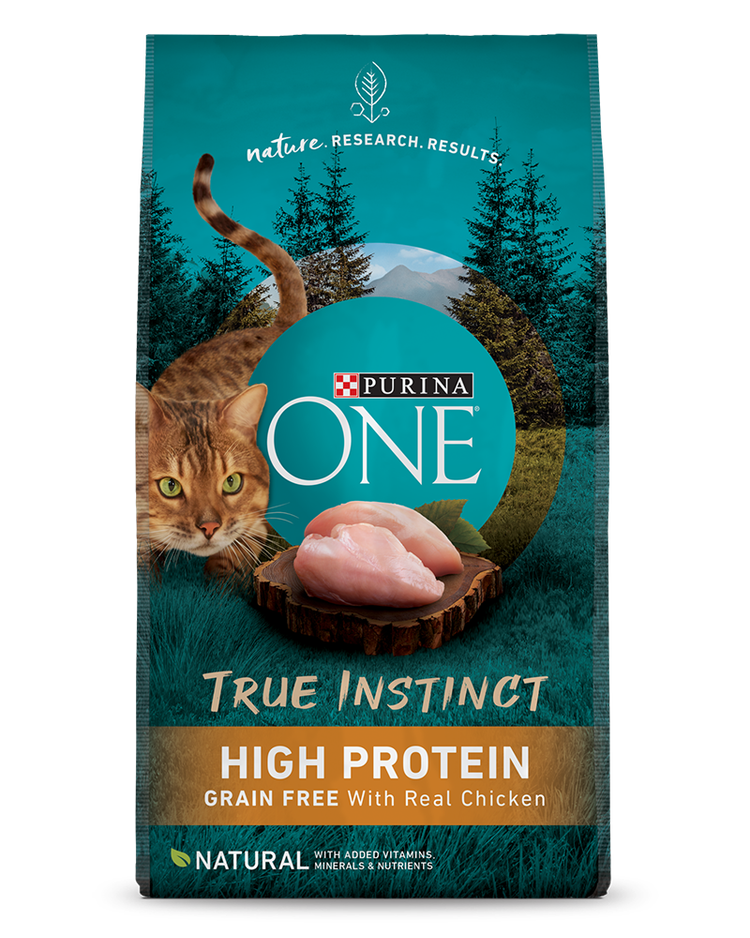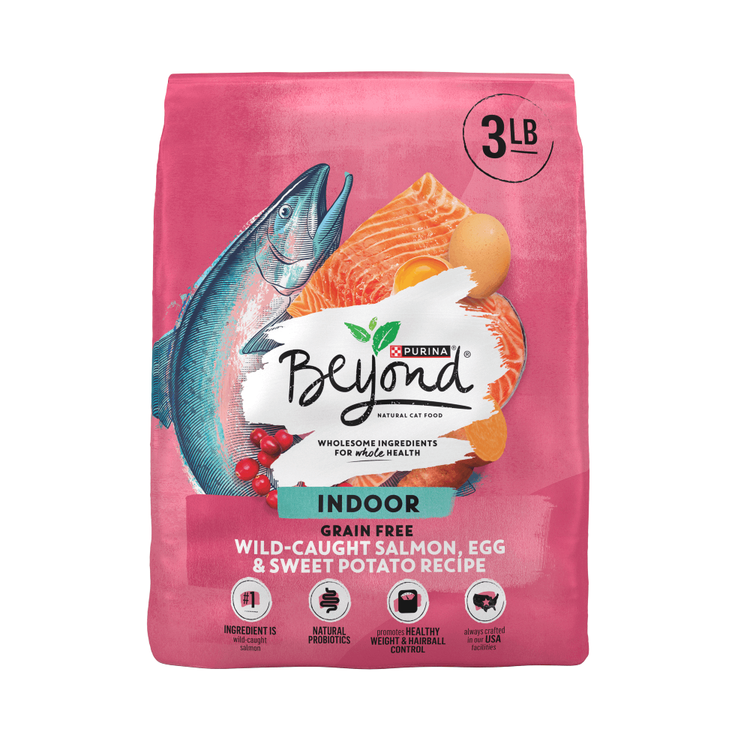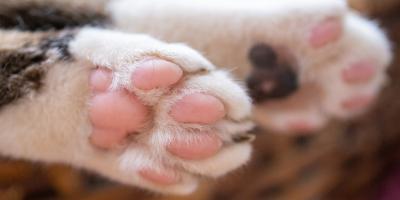What is the Difference Between Natural and Organic Cat Food?


More than ever, people are seeking out natural and organic cat food options for their cats.
That’s because people are more aware of unwanted ingredients in their food. There are plenty of natural and organic dry and wet cat food options on the shelves. Understanding the difference between the two can be a challenge, though.
Knowing the difference will help you choose the right kind of food for your cat.
Natural vs. Organic Cat Food
Natural Cat Food
The U.S. Food & Drug Administration (FDA) has not yet defined the term “natural” as it applies to human food. There is a definition for pet food, though.
The Association of American Feed Control Officials (AAFCO) says “natural” ingredients cannot be produced by or subjected to chemically synthetic processes.
It also cannot contain any chemically synthetic additives or processing aids. Amounts that occur unavoidably through good manufacturing practices are the exception.
Ingredients derived from plant, animal or mined sources are “natural” according to AAFCO.
Ingredients subjected to physical or heat processing, purification, extraction, hydrolysis, enzymolysis or fermentation may also be called “natural.”
Pets do need low levels of some synthetic microingredients and nutrients, like vitamins and minerals. As such, AAFCO recognizes this and allows them in natural dry and wet cat food.
Organic Cat Food
Even though there are no definitions or regulations around “natural” human food, the U.S. Department of Agriculture (USDA) defines the term “organic” for both human and pet food products.
According to the USDA’s National Organic Program, “organic” crops must be grown on land free from pesticides for three years. “Organic” livestock eats organic feed, does not receive antibiotics or growth hormones and has access to the outdoors.
Although you may see the term “organic” on a cat food (or human food) label, the product may contain non-organic ingredients. The USDA defines four distinct levels of organic foods:
- 100% Organic: This means every ingredient on the label is organic.
- Organic: If a label says “organic,” it means 95 percent of the ingredients are organic.
- Made with Organic: Labels that say “made with organic” mean 70 to 95 percent of the ingredients are organic.
- Less than 70% Organic: This statement means 30 percent or more of the ingredients are not organic.
When shopping for organic cat food, look for the USDA organic seal. Pet foods with that seal must contain 95 to 100 percent organic ingredients.
Is Natural or Organic Cat Food Better?
The decision between natural and organic cat food comes down to personal preference. Choose whichever option you feel most comfortable and confident feeding your cat.
Just make sure any food you choose is complete and balanced for your cat’s particular life stage. Pet food must meet or exceed AAFCO’s standard nutrient profiles to claim it’s complete and balanced.
Purina complies with, and often exceeds, AAFCO’s standards for our cat food formulas. Explore all our natural dry and wet cat food options to find the right food for your cat.
Related articles

Find Your Pet’s Perfect Food
Use our Pet Food Finder to get a custom recommendation from Purina Nutritionists.






